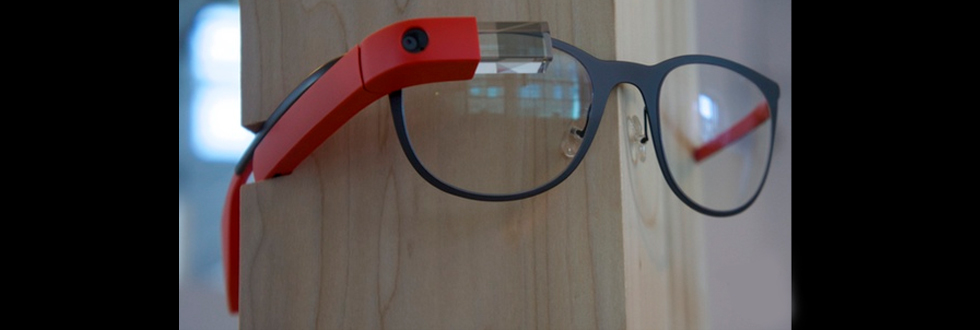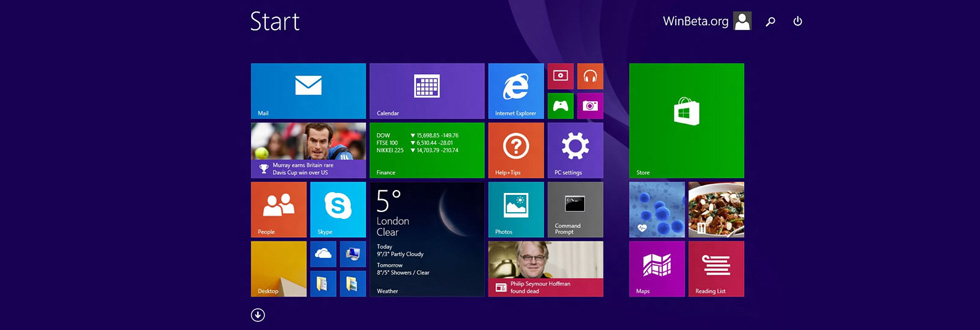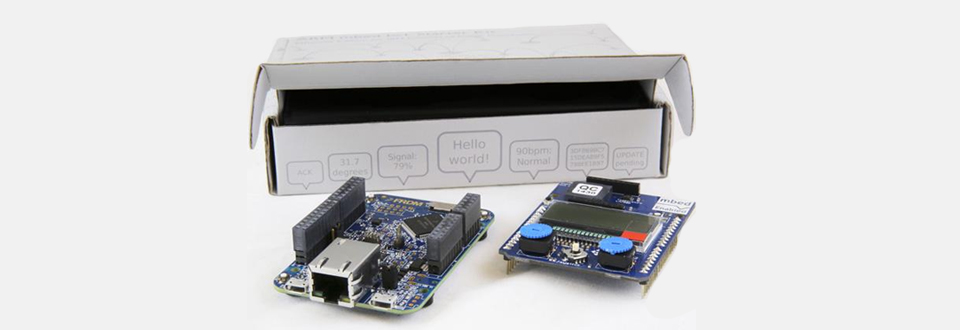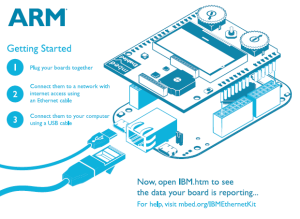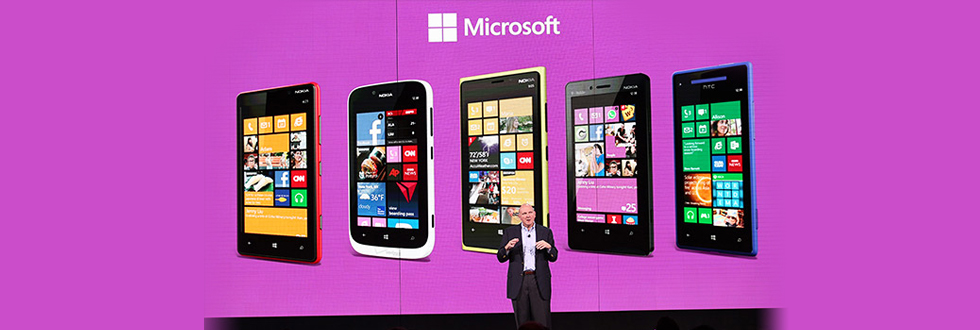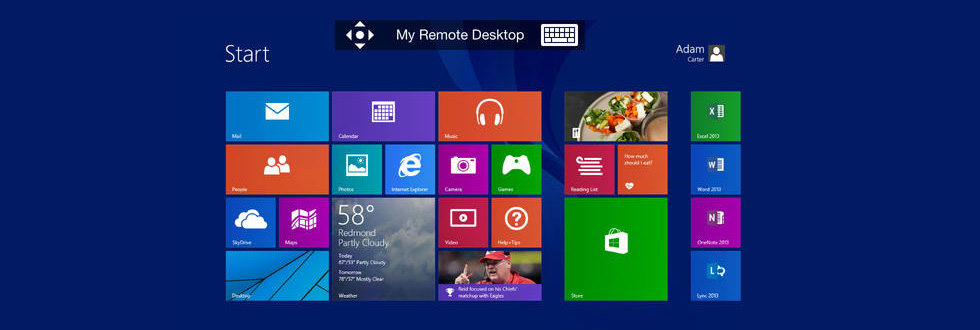Satya Nadella, Microsoft CEO, has confirmed that the next version of Windows will be an amalgamated form of the three versions of Windows into one operating system.
Speaking in an earnings call, he told analysts the company will unify the next version of Windows from three operating systems into one operating system. Nadella said “this means one operating system that covers all screen sizes, ranging from tablets and smartphones, to desktops and laptops.” It was also revealed that the giant has internally restructured itself since the retirement of Steve Ballmer. The new CEO said the company now has “one team with a common architecture”.
The company, under the direction of Steve Ballmer, had multiple teams creating different versions of Windows working independently from each other. Now the giant noted the benefit of one team for developers and users. The new consolidated platform will allow the development of universal Windows apps that work across all devices running the OS.
Looks like the company has been pushing toward more unification of its platforms. In April, Microsoft displayed developer tools that would empower the development of universal apps. The ability to make apps that work on PCs, Xbox Consoles, Laptops, Tablets and Windows Phones should be welcomes by developers.
Some rumors have indicated that the latest, unified version will be Windows 9 and may launch in early 2015. It is announced that there will be more information surrounding future versions of Windows in the coming months.
Let’s wait and watch what Microsoft is going to offer next…



